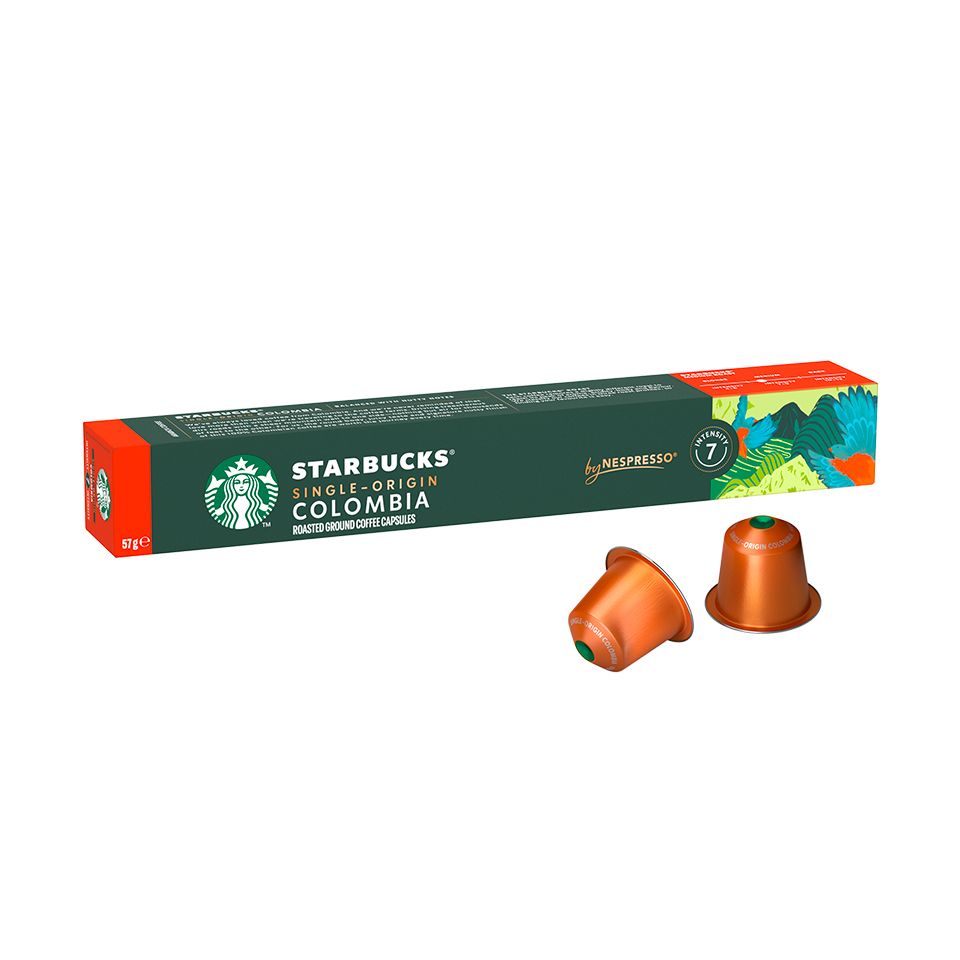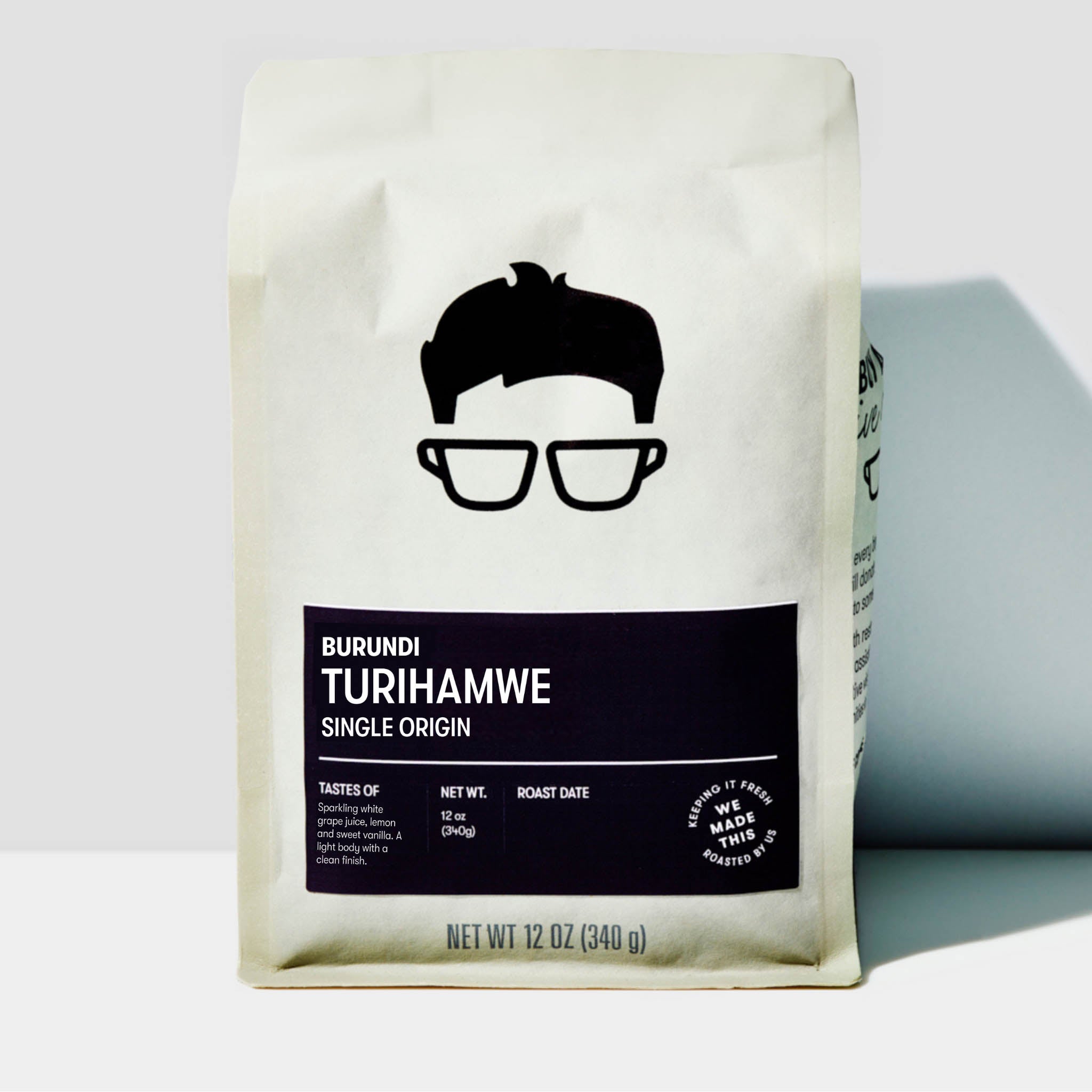Everything You Should Know Before Buying SOE Single Origin Espresso
Everything You Should Know Before Buying SOE Single Origin Espresso
Blog Article
Recognizing Coffee Beans: the Journey From Coffee to Blended Coffee Beans

The Origins of Coffee: A Worldwide Point Of View
While you could assume of coffee as a modern-day staple, its beginnings trace back centuries, linking with societies across the world. The tale starts in Ethiopia, where legend states a goat herdsman named Kaldi found the invigorating impacts of coffee beans after discovering his goats romping energetically after eating them.
As profession routes broadened, coffee made its means to Europe in the 17th century, swiftly obtaining appeal. It changed from a magical beverage into an everyday routine, motivating gatherings and intellectual exchanges. Each culture added its special spin to coffee preparation, enhancing its history. This global journey highlights how coffee links us, transcending boundaries and unifying diverse practices through a basic bean.
Growing and Harvesting of Espresso Beans
As coffee's journey progressed, the focus shifted to the cultivation and harvesting of particular bean ranges, specifically those used for coffee. You'll locate that coffee beans commonly originate from Arabica or Robusta plants, each offering distinctive tastes. The perfect growing problems include high elevations and abundant, well-drained dirt, which boost the beans' top quality.
Throughout the harvest, selecting approaches differ. In some regions, employees hand-pick ripe cherries, making sure only the most effective fruit mosts likely to handling. In various other areas, mechanical farmers are used, especially on larger ranches. Timing is vital; you intend to gather when the cherries get to peak ripeness for maximum flavor.
Once gathered, the beans are gotten ready for handling, which is essential in identifying their last preference. Recognizing the growing and gathering processes offers you understanding into what enters into your favorite coffee, enriching your recognition for every mug.
Handling Techniques: From Cherry to Bean
Now that you've learnt more about harvesting espresso beans, allow's discover exactly how those cherries change into the coffee beans you love. You'll see exactly how various harvesting techniques effect taste, adhered to by the crucial actions of fermentation and drying. We'll damage down the milling and grading procedure that identifies your coffee's quality.
Gathering Strategies Discussed
When it comes to coffee, recognizing harvesting techniques is crucial, considering that they straight impact the flavor and top quality of the beans you take pleasure in. Careful choosing entails hand-picking only ripe cherries, guaranteeing you obtain the ideal top quality beans. Eventually, the selection of gathering method can substantially affect your coffee experience, so it's worth knowing exactly how those beans made it to your cup.
Fermentation and Drying
After gathering, the following steps in handling coffee beans play a substantial role fit their taste. You'll locate that fermentation is crucial, as it assists break down the mucilage bordering the beans, boosting their preference profile. Depending on the technique, this process can last from a few hours to several days, with varying results based on temperature and moisture.
Sun-drying enables the beans to soak up tastes from the atmosphere, while mechanical drying warranties constant dampness levels no matter of weather. Correct drying is vital to avoid mold and mildew and maintain the beans' high quality, eventually influencing your mug of coffee.
Milling and Grading Process
As fermentation and drying established the stage for taste growth, the milling and grading process warranties that only the most effective coffee beans make it to your cup. This stage includes removing the external layers of the coffee cherry, including the parchment and husk. After milling, the beans are sorted by dimension and weight, guaranteeing an uniform high quality. You'll find that grading helps identify issues and classify beans, which impacts taste and scent. High-grade beans receive a higher quality, leading to a richer coffee experience. As soon as rated, the beans await product packaging and shipping, preserving their unique features. This careful procedure is crucial for supplying the remarkable preference you appreciate in every sip of your favorite mixture.
Toasting Strategies: Opening Taste Possible
When you roast coffee beans, the approach you pick can significantly impact the taste account. Comprehending the connection in between time, temperature level, and roasting techniques is key to revealing the capacity of your brew. Let's explore just how these elements come together to create the ideal mug.
Toasting Approaches Clarified
While you may believe that all coffee toasting techniques produce the very same results, the truth is that each strategy discloses special taste possibilities in the beans. Drum roasting uses a turning drum to evenly disperse warm, enhancing caramelization and creating a well balanced taste. Air roasting, on the other hand, circulates hot air around the beans, promoting a lighter roast with pronounced acidity.

Influence On Taste Account
Different roasting methods not just influence the procedure however likewise significantly affect the taste account of the coffee beans. Dark roasts, on the other hand, bring out strong, great smoky tastes, sometimes masking the bean's distinct qualities. Understanding these nuances assists you value the creativity behind your cup of coffee, enhancing your overall experience with every sip.
Time and Temperature Level Elements
To release the full flavor possibility of coffee beans, both time and temperature level throughout the toasting process play significant duties. When roasting, you'll locate that greater temperatures can rapidly create flavors, but if you rush it, you might wind up with burned notes. Conversely, reduced temperatures enable a more steady flavor development, showcasing the beans' special features.

Timing is equally as vital; expanding the roast as well long can cause a loss of acidity and illumination, while too brief a roast may leave the beans underdeveloped. Discovering that sweet place requires technique and experimentation. By changing these elements, you can reveal the abundant, complicated tastes hidden within each bean, creating a really amazing coffee experience.
The Art of Blending: Crafting Special Coffee Accounts

Start by picking a base coffee that gives a strong foundation. An intense Ethiopian bean can bring fruitiness, while a rich Brazilian coffee includes body.
As you mix, keep in mind that each combination tells a story. You're not simply making coffee; you're creating an experience. Take your time, taste regularly, and take pleasure in the journey of discovering your signature mix - Single Origin Espresso.
Developing Approaches: How Preparation Influences Taste
Blending coffee opens up a domain name of taste opportunities, yet just how you brew that blend can considerably influence your last mug. Various developing methods remove one-of-a-kind flavors and aromas, so it's critical to choose carefully. For example, a French press allows oils and sediments to remain, producing a rich, robust experience. On the other hand, a pour-over highlights the coffee's clarity and illumination, ideal for showcasing fragile notes.
Espresso, with its high stress, creates a concentrated shot that accentuates sweetness and crema. If you favor a lighter brew, take into consideration a cool brew approach; it produces a smooth, less acidic taste.
Adjusting variables like water temperature, grind size, and make time can transform your coffee's profile. Accept the art of developing to discover the tastes hidden in your coffee blends.
The Future of Coffee: Sustainability and Innovation
As the coffee market progresses, sustainability and development are becoming important for addressing ecological challenges and meeting consumer demands. You'll notice that more coffee business are taking on environmentally friendly methods, from sourcing beans morally to implementing lasting farming techniques. These changes not only aid the earth however likewise improve the high quality of the coffee SOE you delight in.
You may see innovations like eco-friendly product packaging and water-saving developing techniques that reduce waste. Advanced technology, such as blockchain, is also coming to be popular, making certain openness in the supply chain, which enables you to trace your coffee back to its beginnings.
Additionally, investing in local neighborhoods and supporting farmers with reasonable profession initiatives fosters a much more sustainable coffee community. As you drink your following mug, bear in mind that your choices can add to a brighter future for coffee. By selecting lasting brand names, you're not simply appreciating a beverage; you're making a favorable influence on the world.
Frequently Asked Inquiries
What Is the Difference In Between Arabica and Robusta Beans?
Arabica beans are smoother, sweeter, and have a greater level of acidity, while robusta beans are more powerful, extra bitter, and include more high levels of caffeine. When making your coffee., you'll discover these differences in taste and fragrance.
Exactly How Does Altitude Affect Coffee Bean Flavor?
Altitude impacts coffee bean taste substantially. Greater elevations create beans with brighter level of acidity and complicated flavors, while reduced altitudes frequently generate beans that are larger and less nuanced. You'll notice these differences in your cup!
What Are the Health And Wellness Perks of Drinking Coffee?
Consuming coffee can improve your power, improve mental focus, and also improve physical performance. It's abundant in anti-oxidants, may reduce the threat of particular illness, and can advertise a healthier metabolic process when consumed in moderation.
Can Coffee Beans Be Recycled for Brewing?
Yes, you can reuse coffee beans for developing, however the flavor might be weak. If you delight in trying out, try reusing them in various ways, like cold brews or adding to shakes for an added kick.
Exactly how Should I Store Coffee Beans for Freshness?
To maintain your coffee beans fresh, keep them in a closed container in a trendy, dark place. Stay clear of exposing them to heat, wetness, or light, as these elements can promptly deteriorate their taste and scent.
Comprehending Coffee Beans: the Trip From Espresso to Blended Coffee Beans.
Now that you have actually discovered regarding harvesting coffee beans, allow's explore how those cherries change into the coffee beans you love.When you roast coffee beans, the technique you pick can drastically impact the flavor profile - Single Origin Espresso.While you might assume that all coffee roasting techniques produce the exact same outcomes, the truth is that each strategy discloses unique taste potentials in the beans.Various toasting approaches not only influence the process yet likewise greatly impact the flavor account of the coffee beans
Report this page